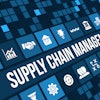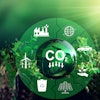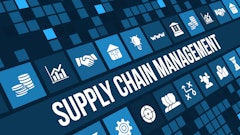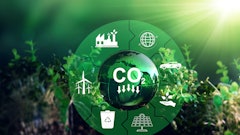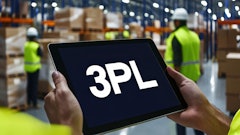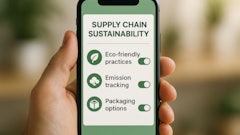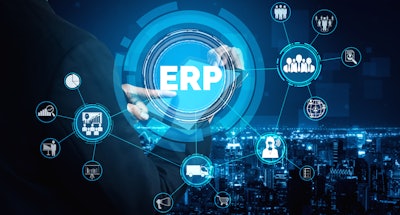
With sustainability a core priority across the majority of industries, leading ERP vendors are continuing to find new ways to integrate sustainability-focused tools into their platforms. These tools are designed to improve business operations, which enable organizations to track excess emissions, redundant operations and supplier compliance more effectively.
In particular, Supplier Relationship Management (SRM) software helps procurement teams navigate and adhere to shifting regulations. Through real-time insights, this software streamlines compliance by automating documentation, tracking regulatory changes and ensuring procurement practices align with the latest legal standards.
Effective SRM lies at the heart of every successful procurement strategy, shaping how businesses engage with their suppliers to drive innovation and sustainable growth. By nurturing strong partnerships in their supply chain, organizations can become more cost-efficient and resilient, creating a competitive advantage.
Addressing Metric Challenges
One of the main challenges in measuring and combating an organization’s environmental impact is the absence of a standardized metric being used across the industry. Without a shared reference point, it becomes difficult for organizations to track, measure, and report on progress effectively when it comes to monitoring adherence to regulations.
ERP systems aim to address the ongoing challenge of inconsistent sustainability metrics by offering a unified platform for tracking and measuring progress. These tools provide a centralized location for all data, enabling organizations to have a clear overview of operations and monitor their progress against regulation, and other key sustainability targets.
Acquiring and maintaining an SRM system is a key aspect of proving sustainability measures are being undertaken within an organization’s ERP, regardless of the metrics chosen by the business to measure its environmental impact.
Relationship Management
Organizations should not solely monitor and evaluate the ESG ratings of their internal operations; full supply chain visibility is essential. Regularly reviewing and creating criteria to monitor supplier performance ensures that businesses are reviewing their environmental impact holistically - improving upon all areas wherever possible.
However, evaluating the efficacy of SRM is made up of several factors, including identifying optimal suppliers, establishing clear communication across the supply chain and prioritizing regular performance reviews. Effectively implementing these variables is imperative for success today and enables organizations to refine their procurement strategy to drive business value and growth.
For example, consumers are continually becoming more environmentally aware than ever before. Therefore, businesses that can actively demonstrate their commitment to minimizing their carbon footprint position themselves for future growth. They do this by building further trust with customers, streamlining processes and significantly enhancing their reputation.
By integrating sustainability into their operations, organizations can better anticipate regulatory changes, ensure compliance and reduce the likelihood of negative publicity. Proactively forecasting risks allows businesses to remain one step ahead, allowing them to adapt to supply chain disruptions far more easily and manage them effectively.
Data-Driven Success
ERP systems that are ‘sustainable by design’ simplify the process of tracking environmental impact by offering a one-stop solution for managing environmental data, tracking social impact, and reporting progress on key deliverables. Sustainable by design refers to embedding sustainable considerations into a system’s architecture from the offset. It ensures that an organization’s ESG rating is not an afterthought, it is something that is continually monitored, assessed and improved upon to minimize its ongoing impact on the planet.
Depending on the scale of operations, organizations with the available resources may consider investing in customized ‘bespoke apps’. These solutions typically offer greater flexibility and can be adapted to meet the evolving needs of the business.
However, data is essential for both options. It acts as a quantifiable determiner of a business impact, allowing organizations to identify exactly what their impact is across differing parts of the supply chain. Ultimately, data provides organizations with a measurement of their progress against key targets, enabling businesses to improve their sustainable operations.
A Streamlined Solution
Effective SRM is not simply managing interactions, but building long-term, strategic and sustainable partnerships for the business. A strong supply chain is at the crux of a successful organizational strategy, influencing all parts of the business, both in the present and moving forward.
Embracing the principles of effective SRM and ERP ensures that procurement becomes a strategic asset, fostering continued success and resilience in an increasingly interconnected global economy. By nurturing relationships within their supply chains, businesses can co-create value, drive innovation and achieve shared goals.
Managing an organization's ESG rating on a platform that is not ERP-agnostic, removes any limitations that a chosen ERP vendor can impose, elevating flexibility and scalability within organizations, putting them in the optimal position to succeed in a more sustainably conscious world.

